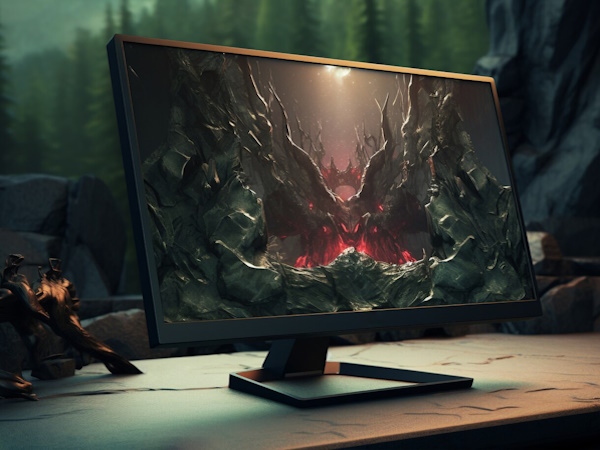How Much Animation Is Too Much On A Website
Finding The Perfect Balance
By: Simon | Category: Web Design, Content
Published Date: 11th January, 2024
In the dynamic world of web design, animation has become an integral element for capturing and retaining user attention. From subtle hover effects to full page transitions, animations contribute to creating engaging and interactive online experiences.
However, like any tool, animation must be used judiciously, as excessive or poorly executed animations can detract from a website’s user experience rather than enhancing it. In this article, we will explore the impact of animation on website usability, the potential downsides of excessive animation, and guidelines for finding the right balance.
Animation In Web Design
Before delving into the discussion about the appropriate amount of animation, it’s crucial to understand the primary purposes that animations serve in when designing a website of any nature.
The Purpose Of Website Animations
Enhance User Engagement
Thoughtfully designed animations can guide users through the website, draw attention to key elements, and provide feedback on user interactions.
Improve User Experience
Animations can make transitions between different sections or pages smoother, creating a seamless and enjoyable browsing experience.
Communicate Information
Animations can be used to convey information in a more visually appealing and digestible manner, helping users understand complex concepts or processes.
Establish Brand Identity
Unique and consistent animations can contribute to a website’s overall branding, making it memorable and distinctive.
Subtle Is Your Best Bet
Too Much Animation
Confuses Users
The Downsides Of Excessive Animation
While animation can undoubtedly elevate a website’s aesthetic appeal, overdoing it can have detrimental effects. Here are some potential downsides of excessive animation:
Increased Load Times
Heavy use of animations, especially high quality or complex ones, can significantly slow down a website’s loading time. Slow loading sites often result in higher bounce rates as users become impatient.
Distracts & Overwhelms
Too many animations can overwhelm users and create a chaotic visual environment. Users may find it challenging to focus on the content or navigate the site when bombarded with constant movement.
Accessibility Issues
Some users, including those with certain disabilities, may find it difficult to interact with or navigate a website that relies heavily on animations. Accessibility guidelines recommend providing alternatives for users who may be sensitive to motion or have difficulty processing animated content.
Cross Device Compatibility
Animations may not perform consistently across all devices and browsers, leading to a fragmented user experience. Ensuring cross device compatibility requires additional development and testing efforts.
User Irritation
Users may become annoyed if animations are intrusive, repetitive, or obstructive. Pop-up animations, autoplay videos, or excessive scrolling effects can lead to a negative perception of the website.
Finding The Right Balance
Achieving the right balance between using enough animation to enhance the user experience and avoiding excess requires careful consideration and adherence to best practices. Here are some guidelines for finding that equilibrium:
Purposeful Design
Every animation should have a clear purpose and contribute meaningfully to the user experience. Avoid gratuitous animations that serve no functional or informational purpose.
Performance Optimisation
Optimise animations for performance by using lightweight file formats, compressing files, and minimising the use of resource intensive effects. Prioritise loading critical content first to ensure a fast initial page load.
User Control
Provide users with the ability to control or disable animations, catering to those who may prefer a static interface or have sensitivity to motion. This enhances the overall accessibility of the website.
Subtle & Consistent
Opt for subtle animations that enhance user interactions without being overly flashy or distracting. Consistency in animation styles across the website contributes to a cohesive and polished design.
Progressive Enhancement
Implement animations as a progressive enhancement rather than a core feature. Ensure that the website remains functional and accessible even if animations are disabled or not supported.
Testing & Feedback
Regularly test the website across different devices and browsers to identify potential issues with animations. Gather feedback from users to understand how they perceive and interact with animated elements.
My Conclusions
Animation is a powerful tool that can elevate the user experience when used judiciously. Striking the right balance involves a delicate blend of purposeful design, and user centered considerations. Excessive animation can lead to negative consequences, including increased load times, distraction, and accessibility issues.
By adhering to best practices and focusing on the user’s needs, web designers can create visually engaging and functional websites that captivate users without overwhelming them. Ultimately, the key is to view animation as a means to enhance, not overshadow, the user’s journey through the digital landscape.





